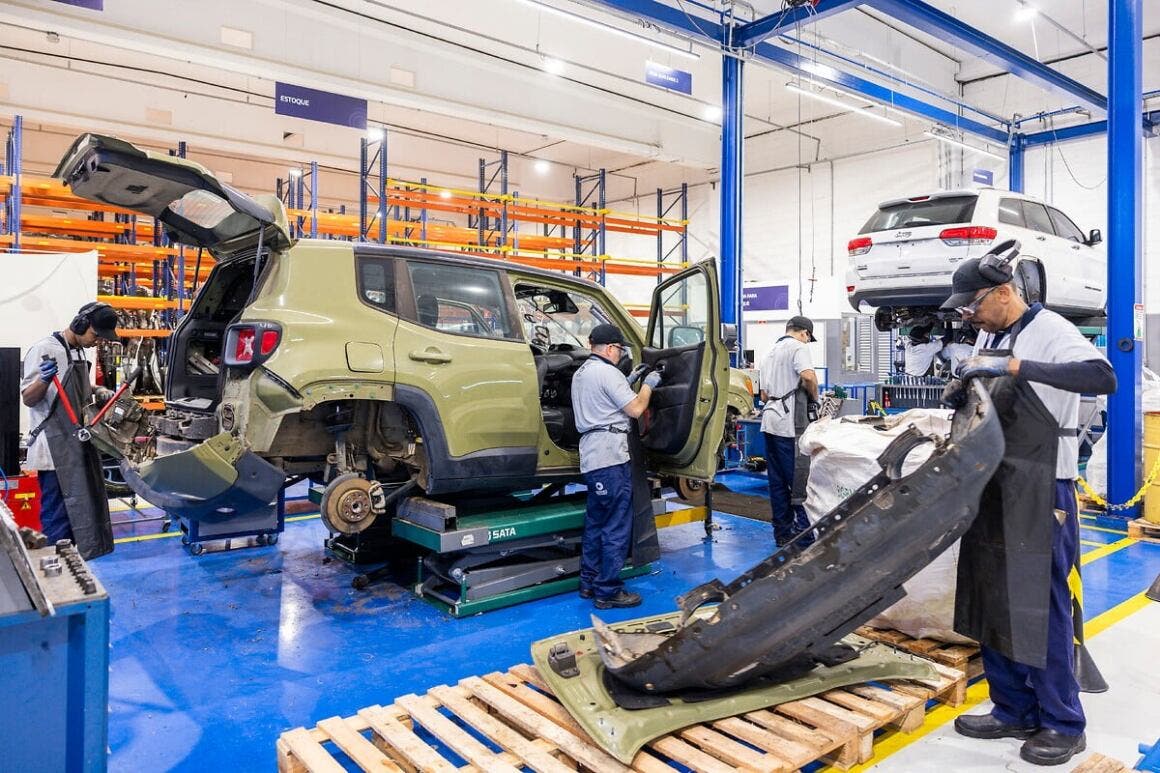This is the second Stellantis Vehicle Dismantling Center opened in the world, the first being in Mirafiori, Turin, Italy. The initiative aims to extend the lifespan of automotive components, reduce environmental impact and promote a sustainable consumption model.The center will have the capacity to dismantle up to 8,000 vehicles per year. The investment was R$13 million, with plans to generate 150 jobs
Stellantis: the first Autopeças Circular Vehicle Disassembly Center in Osasco
São Paulo, Aug. 14, 2025 – As part of its decarbonization strategy and commitment to sustainability, Stellantis today inaugurated its first Autopeças Circular Vehicle Disassembly Center in Osasco, São Paulo. With this pioneering initiative in the automotive sector, the company becomes the first manufacturer in South America to invest in an industrial facility dedicated to the dismantling of damaged or end-of-life vehicles.
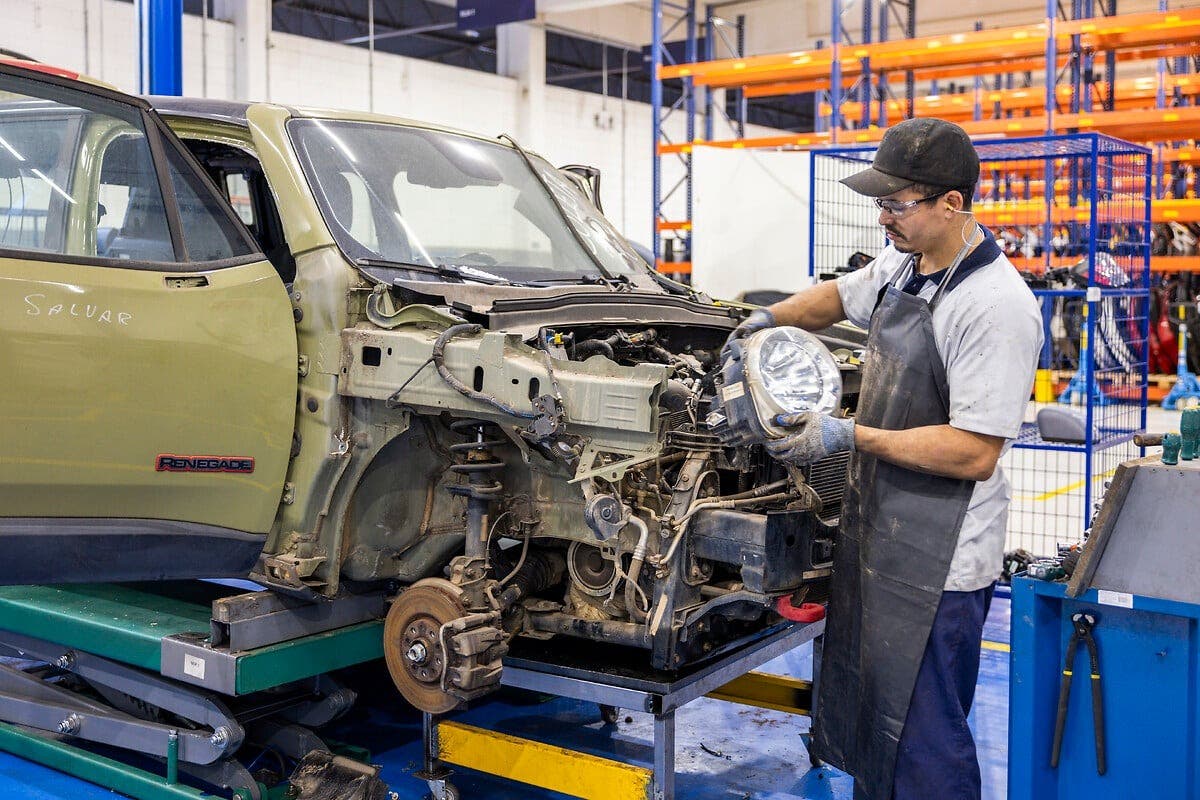
In addition to promoting a more sustainable consumption pattern, the project is part of Stellantis’ overall circular economy plan. A total of R$13 million has been invested in the construction of the center, which is expected to create about 150 jobs in the coming years.
With a dismantling capacity of up to 8,000 vehicles per year, the new center focuses on automotive recycling and component reuse, aiming to extend the life of components and significantly reduce environmental impact. The operation could avoid the emission of about 30,000 tons of CO₂ per year.
Where to buy used spare parts
Used parts in perfect condition, salvaged from scrapped vehicles, will be sold to end consumers through physical and digital channels. In Osasco, São Paulo, service will be provided at the Disassembly Center’s physical store, housed in a sales container. Online, parts will be available at Circular AutoPeças’ official Mercado Livre store and, soon, through its e-commerce platform. All sales follow the DMV’s traceability and safety criteria, ensuring compliance and parts in perfect working condition, of certified quality and origin.
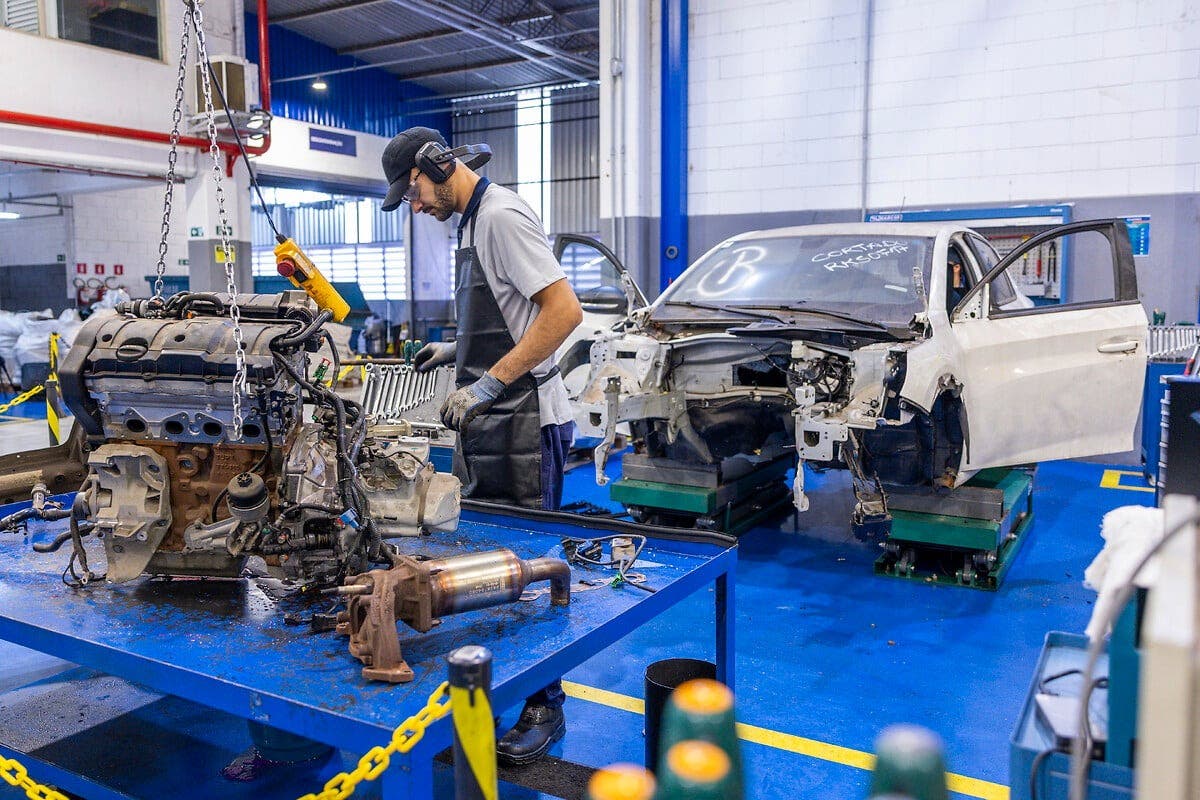
How does the Stellantis dismantling center work?
The Circular AutoPeças Vehicle Dismantling Center receives damaged vehicles, classified as total losses, or vehicles that have reached the end of their useful life cycle. These vehicles are acquired through auctions and undergo a structured and regulated dismantling process that ensures the environmentally sound disposal of parts and materials.
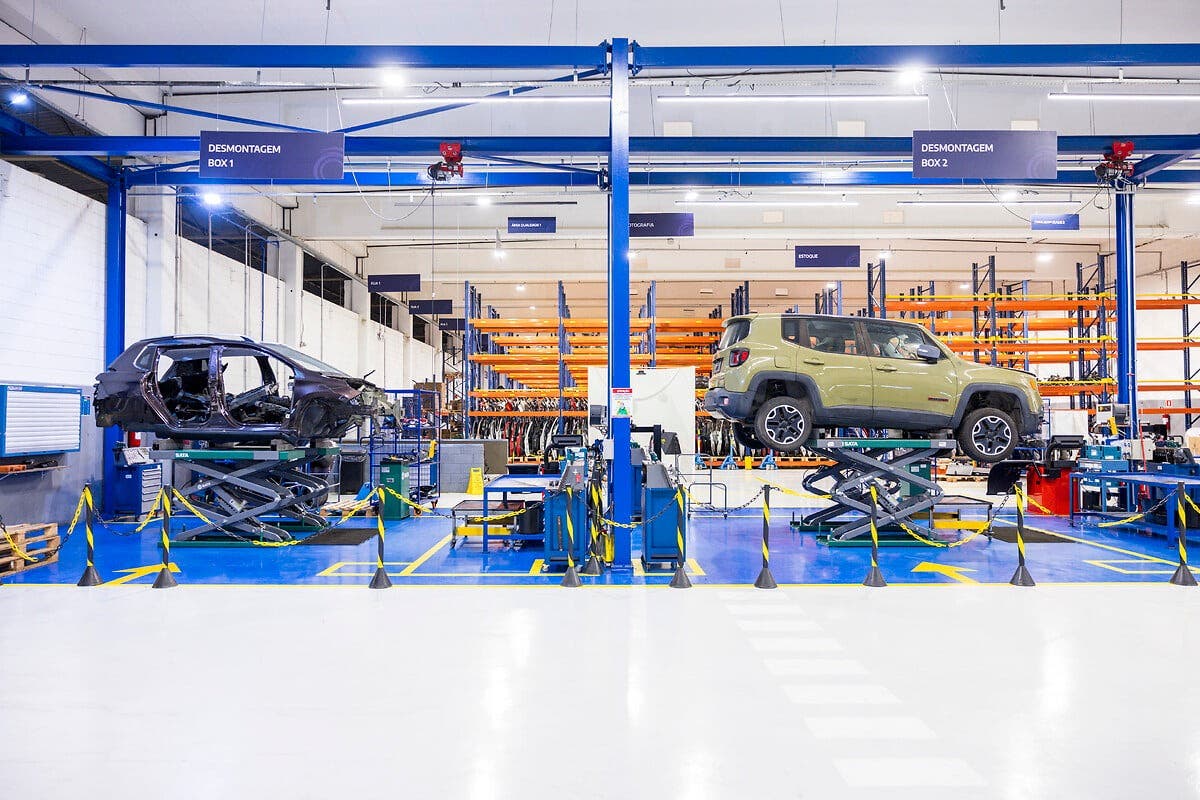
Upon arrival at the plant, the vehicle goes through a decontamination area, where all fluids, such as oil and fuel, are removed. Next, it is sent to the disassembly line, where technicians assess the overall condition of the vehicle and its components through extensive testing and inspection.
Parts suitable for reuse are separated to be reused or remanufactured. Those that are reused undergo a cleaning process with biodegradable products and receive individual identification with classification, market value, and a traceability label issued by the DMV.
Each vehicle is linked to a “disassembly card,” issued by an approved supplier, which includes up to 49 component groups with full traceability, including information on the vehicle of origin, who performed the disassembly, and the origin of the component. In addition to meeting regulatory requirements, Stellantis uses its own coding and quality control system, ensuring standardization of the entire process.
“Today we have a proper disposal system for 100 percent of materials from disassembled vehicles. From fluids such as oils and fuels to raw materials such as steel, iron, aluminum, copper and other precious metals, everything is reused. Materials are separated by type and sent to Stellantis’ various partner suppliers, ensuring their reuse and helping to reduce environmental impact,” explains Paulo Solti, Vice President Parts and Services for South America.
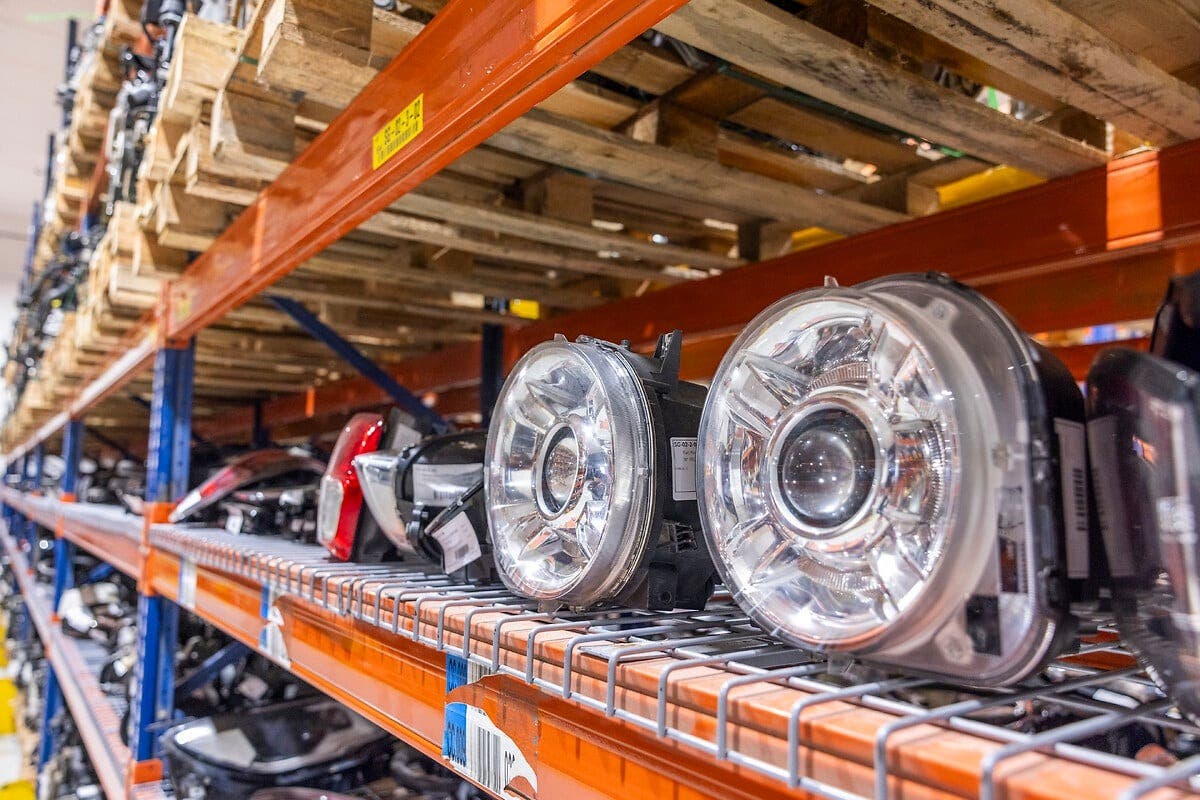
Reuse and proper disposal of vehicle parts and components still face significant challenges in Brazil. It is estimated that the country’s fleet currently consists of about 48 million vehicles. Each year, about 2 million vehicles reach the end of their life cycle, but only 1.5 percent are disposed of in an environmentally sound manner. In addition, the Brazilian car recycling market is estimated to have the potential to reach R$2 billion per year.
“In a world increasingly affected by raw material scarcity, ensuring access to critical resources is a strategic imperative, as well as helping to reduce environmental impact. By internalizing disassembly operations, Stellantis gains control over the flow of vehicle components and materials while reducing waste,” says Laurence Hansen, Global Senior Vice President of Circular Economy.
Stellantis Hub for Circular Economy in South America
The AutoPeças Circular Vehicle Disassembly Center in São Paulo is part of Stellantis’ industrial expansion into the circular economy in South America, operating in several locations in Brazil to create an ecosystem of sustainable businesses. Stellantis is the first automaker to implement facilities dedicated to the circular economy, focusing on sustainability and innovation.
The goal is to extend product lifespan, reduce environmental impact and promote more conscious consumption. Another example of this ecosystem is the Vehicle Reconditioning Center, opened in 2024 at the Betim Automotive Complex in Minas Gerais. The facility operates as a specialized repair shop for Stellantis vehicles, returning them to the market in a condition equivalent to certified used vehicles.
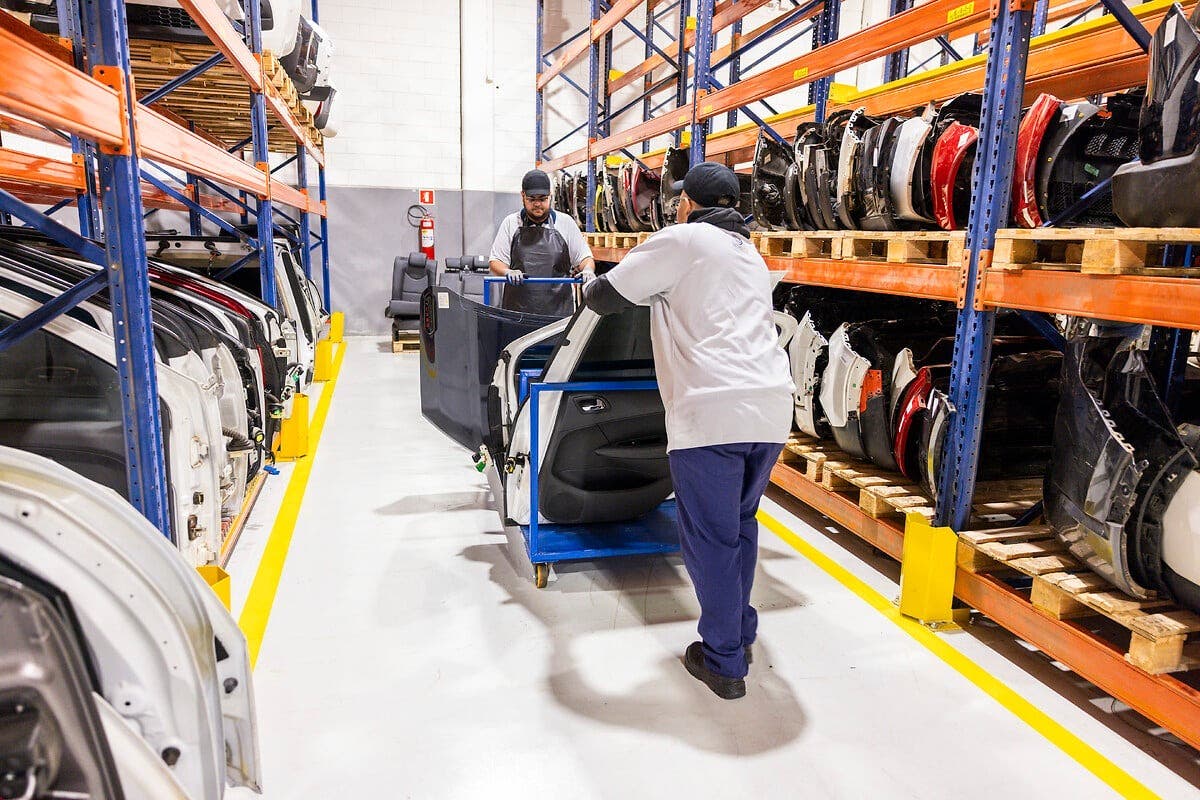
“The circular economy is strategic to Stellantis’ business and fundamental to promoting innovation, sustainability and efficiency throughout the automotive supply chain. Based on the 4Rs strategy (Regeneration, Repair, Reuse and Recycle), we aim to extend the useful life of products, reduce waste and reintegrate materials into the production cycle, creating an integrated ecosystem essential to preserving the planet’s resources. The Disassembly Center, together with the Reconditioning Center, is another decisive step in our global journey,” says Emanuele Cappellano, president of Stellantis South America and global head of Stellantis Pro One, the commercial vehicle division.
The center offers comprehensive services, including bodywork, painting, mechanical maintenance, repairs, parts replacement, sanitization, inspection and certification. All steps are performed with a focus on safety, quality and sustainability, helping to extend the vehicle life cycle and reinforcing Stellantis’ commitment to responsible practices.
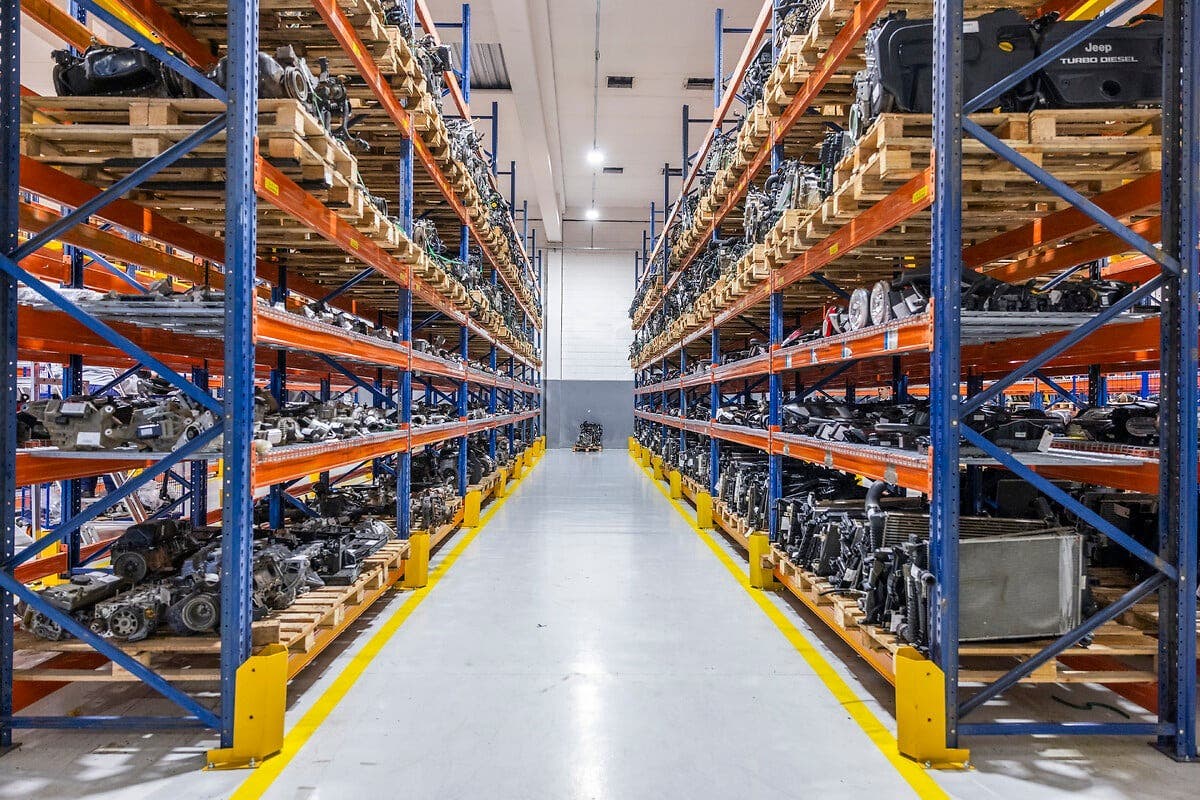
“In addition to its environmental and economic impact, the Reconditioning Center also plays an important social role. In Betim, the workshop already trains 18 young apprentices from the local community, mostly women, providing them with technical training to enter the labor market. The facility also handles the return of vehicles to the market, including for resale to our employees. These initiatives consolidate Stellantis as a benchmark in the circular economy in the region,” Cappellano concludes.
The new disassembly center, together with the reconditioning center and the company’s leadership in remanufacturing original components, is part of an efficient ecosystem of circular economy activities implemented in Brazil. This facility plays a strategic role, strengthening Stellantis’ ability to serve the South American market with sustainable solutions and contributing to the global effort to decarbonize the automotive industry.
